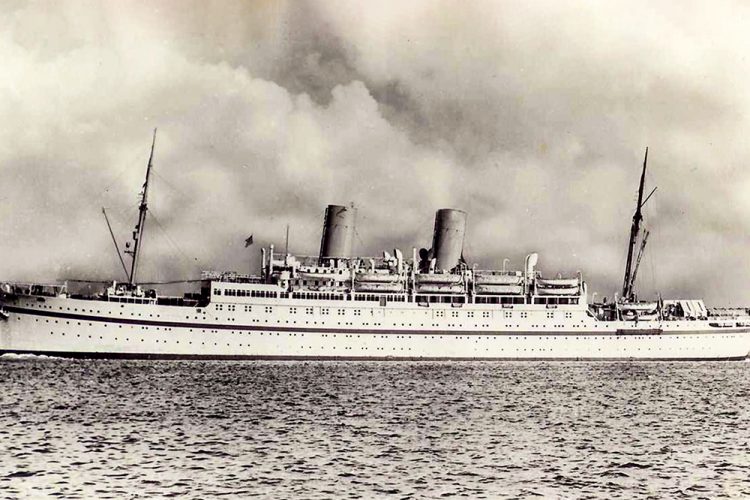More controversy over ‘Windrush’ legacy

The history of post-war migration from the Caribbean to the UK is indelibly linked to the passenger ship, Empire Windrush, credited with landing the first large batch of these migrants. It was on June 22, 1948, 73 years ago that the ship landed at Tilbury docks in London discharging 492 wide-eyed Caribbean migrants, in response to Britain’s recruitment drive for cheap labour to rebuild the war-torn country.
Since then the Windrush has become something of a Holy Grail of Caribbean migration to the UK. In recent years though, the aura of reverence associated with the ship has been tarnished by the actions of the British government in deporting some of these same original migrant families on the grounds that they do not possess British citizenship, in spite of their decades-long contribution to British social and economic development.
As the Caribbean community in the UK commemorates the anniversary of the Windrush arrival, further controversy about the legacy has surfaced. One surrounds the action of the British government in establishing a Windrush monument, located in the Waterloo train station in south-east London.
Members of the Caribbean community have spoken out against this choice of location, prominent among them the Windrush Foundation. They point out that waterloo has no connection with the original Windrush landing, the ship having docked at Tilbury and the passengers taken first to a wartime shelter in Clapham South. From there the nearest labour exchange, to obtain employment, was in Brixton and from then that community has been regarded almost as a sort of spiritual home for the early Caribbean immigrant community.
There are complaints that there was a lack of meaningful consultation with the Caribbean community about the choice of Waterloo and that in the process, the Caribbean community feels offended and alienated, damaging trust and credibility. A meeting of the Windrush Foundation, held by zoom on June 16, arrived at a near-unanimous position that any Windrush monument should be located in Brixton, given its role in the resettlement of the early migrants.









